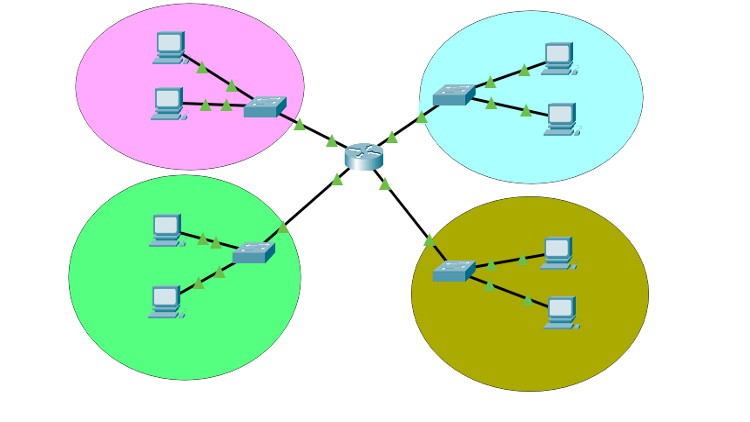
Learn the subnetting in easy way
What you will learn
What is IP Address
IP Address Format
Binary and Decimal Numbers Systems
What is Gateway/Router
Public/Private IP Address
What is Subnetting
Fixed Length Subnet Mask (FLSM)
Variable Length Subnet Mask (VLSM)
FLSM vs VLSM
Why Subnetting
How to Subnet C Class Network
How to Subnet B Class Network
How to Subnet A Class Network
How to Perform VLSM
Description
If we want to construct 100 storey building, foundation should be very strong. Similarly, If you want to enter into networking field, fundamentals of IP Addressing and Subnetting should be crystal clear to you. This course is designed to make your IP Addressing and Subnetting fundamentals very strong.
In real life, if we want to communicate with someone, we need a phone, it could be landline or mobile. In addition we also need one number, which should be unique, then only we will be able to communicate. Same way if we want 2 or more than 2 systems to communicate, we need unique numbers for the systems, these numbers are called IP addresses. The IP addresses are of two types, IPv4 (32 bit) and IPv6 (128 bit). But In this course, our focus will be on 32 bit IPv4.
IP Addressing and Subnetting is the main ingredient of networking. Understanding and mastering it is going to pay rich dividends to you. We are going to cover
* What is IP Address
* IP Address Format
* IP Address Classes
* What is Gateway/Router
* Public/Private IP Address
* What is Subnetting
* Criteria For Creating Subnets
* Fixed Length Subnet Mask (FLSM)
* Variable Length Subnet Mask (VLSM)
* FLSM vs VLSM
* Why Subnetting
* How to Subnet C Class Network
* How to Subnet B Class Network
* How to Subnet A Class Network
* How to Perform VLSM
* Class C, B, A Subnetting Demo
In real life, to deal with certain things, we have to sometimes use carrot and stick policy. In this course, we are going to follow the same policy. Please do not get afraid. For me, Carrot (means Practicals) and Stick (means Theory). This course includes both theory and practicals.
Lots of material has been provided with this course for your reference. For properly understanding routing and subnetting, We have also created labs on FLSM, VLSM using Packet Tracer and provided lab files along with the course. The course includes lots of examples on Class C, Class B and Class A subnetting. Two methods of creating subnets has been covered. One detailed method and other shortcut method of subnetting has been covered. Customized diagrams and labs has been created to understand IP addressing and subnetting in simple and practical way.